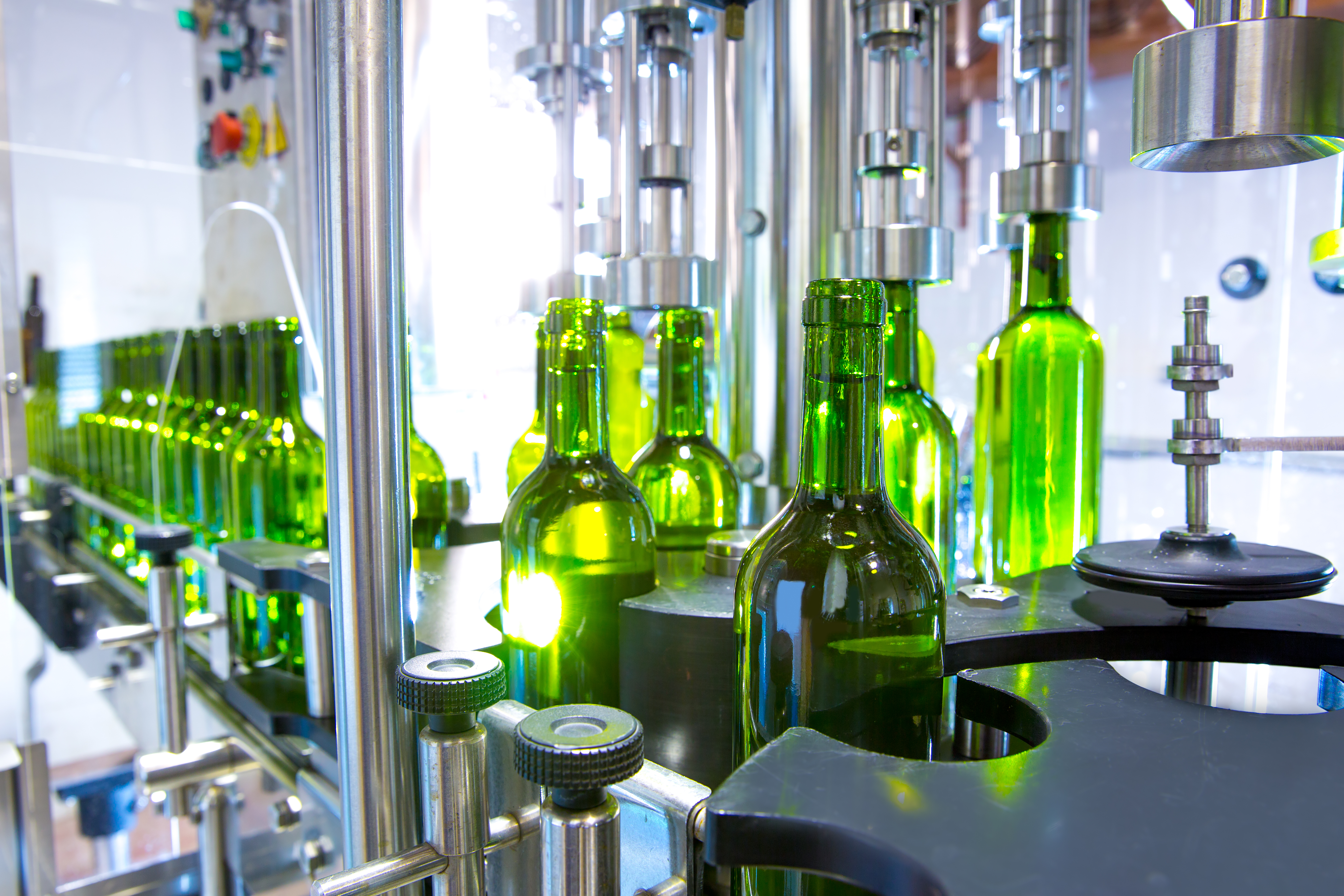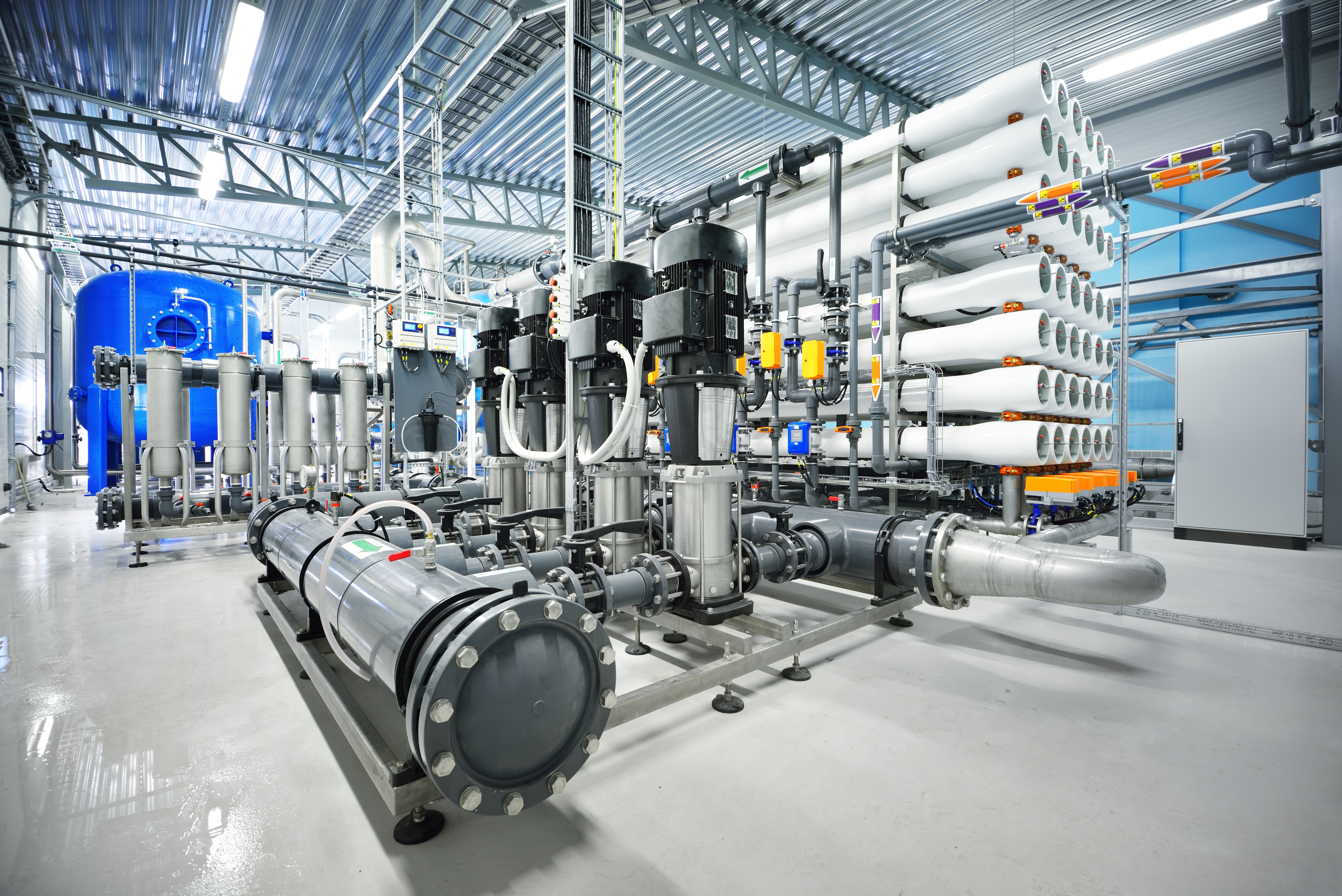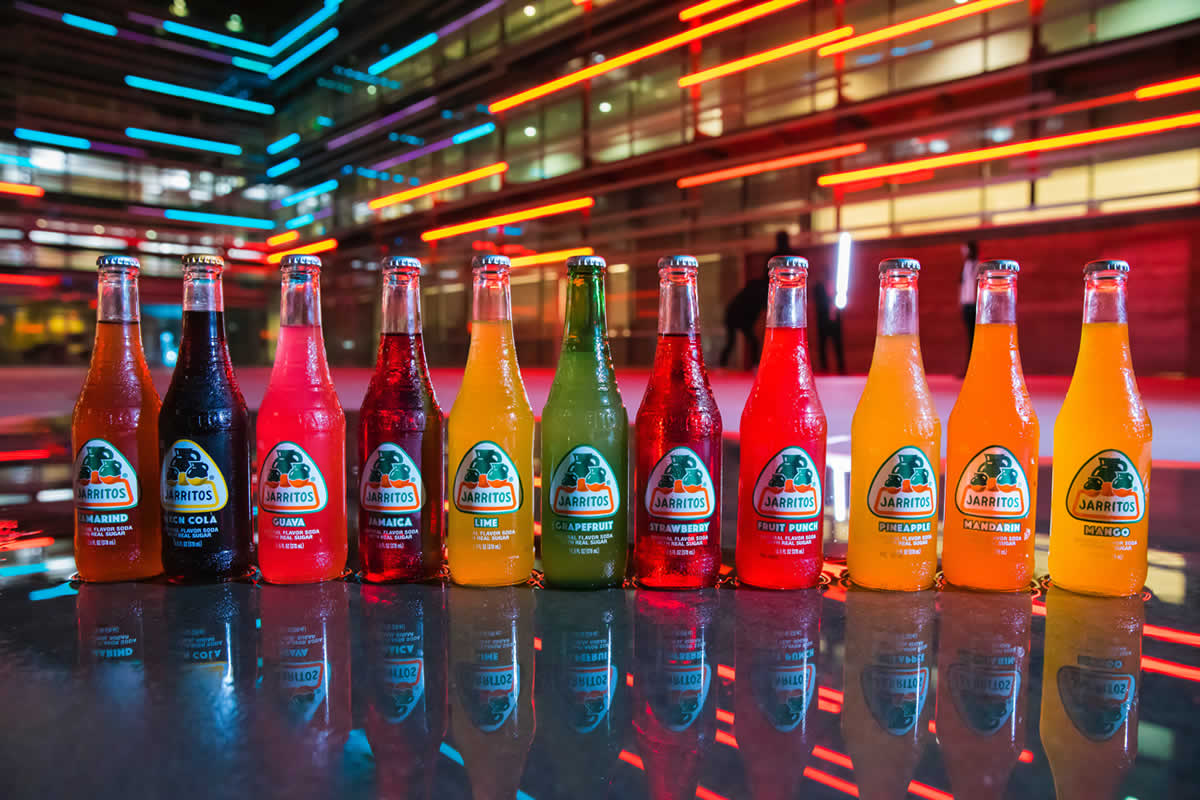Filtration of Syrup and Sugar Solutions Using Cartridge Filters
Filtration is a critical step in the production of sugar solutions and syrups—whether for confectionery, beverage, pharmaceutical, or industrial use. The goal is simple: produce a clear, contaminant-free liquid that meets stringent quality standards. But the process can be far from straightforward due to the sticky, viscous nature of sugar-based liquids and the potential for fine particulate contamination.
Why Filter Sugar and Syrup Solutions?
Sugar and syrup solutions may contain a variety of unwanted particulates, including:
- Undissolved solids from raw materials
- Pipe scale or corrosion particles
- Resin fines (if ion exchange softening is used)
- Microbial contaminants
- Insoluble polysaccharides (particularly in cane or beet sugar refining)
These contaminants can cause haze, affect taste and texture, interfere with downstream processes (like bottling or blending), and ultimately impact product quality.
Key Filtration Challenges
- High Viscosity: Syrups—especially high Brix formulations—can be 5–10 times more viscous than water, which dramatically affects flow rates and pressure drop across filters.
- Heat Sensitivity: Many syrup solutions are filtered hot to reduce viscosity. Filters must therefore tolerate elevated temperatures (often 60–80°C) without compromising integrity.
- Sanitisation Requirements: In food and pharmaceutical applications, filters must be compatible with hot water or chemical CIP/SIP procedures.
- Bacteria Control: For syrups used in ready-to-drink products, microbial control is essential—typically requiring filtration down to 0.2–0.45 µm.
Recommended Cartridge Filters for Sugar and Syrup Filtration
-
Depth Filters (Melt-Blown or Wound Polypropylene)
Applications: Bulk filtration and prefiltration
- Removes coarse solids, sugar crystals, pipe debris.
- Acts as a prefilter to extend the life of final membrane filters.
- Typical ratings: 10 µm to 1 µm
- Tip: Use nominal-rated depth filters with a graded density structure to handle high loading and maintain flow in viscous conditions.
Applications: Fine clarification before bottling or membrane filtration
- Higher surface area than melt-blown for better flow and longer life.
- Available in 5–0.5 µm ratings.
- Choose food-grade polypropylene or polyester media with rigid construction to resist collapse under higher pressure drops.
-
Membrane Filters (PES or PVDF)
Applications: Final filtration for microbial control
- Absolute-rated filters for removing bacteria and other fine particulates.
- Pore sizes: 0.45 µm for clarification, 0.2 µm for microbial control
- Ensure filters are validated for food contact and thermally stable.
Cartridge Selection Tips
-
Viscosity vs. Flow Rate: For high Brix syrups, flow rates should be conservatively estimated. A 10" pleated cartridge might flow ~5–10 L/min in syrup vs. 30–40 L/min in water.
-
Pressure Drop: Monitor differential pressure carefully—clean filters may see 0.5–1.0 bar DP initially, increasing as loading occurs.
-
Housing Design: Use sanitary housings for hygienic applications and ensure they allow full drainability to prevent syrup pooling.
-
Filter Life: Prefiltration can significantly extend the life of more expensive membrane cartridges.
Typical Filtration Stages for Syrup Applications
|
Stage |
Filter Type |
Micron Rating |
Purpose |
|
Coarse prefilter |
Melt-blown or wound |
10–5 µm |
Remove bulk particles |
|
Fine prefilter |
Pleated depth |
5–1 µm |
Protect final filter |
|
Final filter |
PES/PVDF membrane |
0.45–0.2 µm |
Clarity and/or microbial control |
The importance of Brix level
The Brix level of a sugar or syrup solution — which measures the concentration of dissolved solids (mainly sucrose) — has a significant impact on how the solution behaves during cartridge filtration. Here's a breakdown of how Brix affects filtration, particularly in food & beverage and pharmaceutical processing:
- Viscosity Increases with Brix Level
- Higher Brix = Higher Viscosity
- As Brix increases, the syrup becomes thicker. For example:
- A 10° Brix solution has a viscosity similar to water.
- A 60–70° Brix syrup is extremely thick, more like honey.
Impact on filtration:
- Reduced flow rates at constant pressure.
- Increased differential pressure (dP) across the filter.
- Potential for shorter filter life due to more rapid fouling.
- Filter Media Loading and Fouling
- Syrups with high Brix can cause faster blinding of the filter surface, especially if:
- The sugar solution contains undissolved solids or caramelised sugars.
- There is thermal instability or crystallisation during filtration.
Impact:
- Depth filters may clog internally.
- Pleated filters may blind on the surface, especially if pore sizes are tight (<5 μm).
- Filtration Strategy Must Adapt
Higher Brix solutions may require:
- Pre-filtration stages (e.g., 10 µm followed by 1 µm) to remove bulk solids before fine filtration.
- Use of wider bore pleated cartridges or depth filters for better dirt holding.
- Heating the syrup (within product stability limits) to reduce viscosity before filtration.
- Use of high-pressure housings and pumps to maintain throughput.
- Potential for Sugar Crystallisation
- In high Brix (>65°) solutions, temperature drops or long dwell times can cause crystallisation, leading to:
- Abrasive wear on filters.
- Clogging and mechanical damage.
- Difficult filter integrity testing if crystals form inside pores.
- Compatibility & Cleanability
- Material compatibility is critical. Syrup’s sugar content isn’t chemically aggressive, but long-term exposure can:
- Promote biofilm formation or microbial growth if sanitation is poor.
- Cause caramelisation inside filter media if overheated.
Some users choose fully synthetic materials (e.g., polypropylene, PTFE) for better cleanability and long-term stability.
How Heating Helps Syrup Filtration
Heating sugar or syrup solutions (within product stability limits) offers several filtration benefits:
- Lowers viscosity → improves flow rate and reduces pressure drop (ΔP).
- Reduces filter fouling → syrup flows more freely, delaying cake build-up.
- Minimises crystallisation risk → by keeping sugars dissolved in solution.
- Improves filterability of tight micron ratings (e.g. <1 µm) used in final polishing.
Typical heating range:
- For cane sugar syrup: 40–60°C
- For glucose/fructose syrup: 50–65°C
- Always balance temperature gain vs. risk of caramelisation or product degradation.
Brix vs. Filtration Effects (with Heating Advice)
|
Brix Level |
Viscosity |
Filtration Challenge |
Filtration Advice |
Heating Benefit |
|
0–10° |
Low |
Easy to filter |
Standard pleated filters (5–1 µm) |
Usually not required |
|
10–40° |
Moderate |
Higher ΔP, slower flow |
Use staged filtration (10 µm → 1 µm) |
Warming to ~30–40°C improves throughput |
|
40–65° |
High |
Viscous, risk of blinding |
Use depth filters or high area pleated cartridges |
Heating to 45–60°C strongly recommended |
|
65°+ |
Very High |
Flow restriction, crystallisation |
Use robust cartridges, minimise line cooling |
Essential to heat (55–65°C) to prevent crystal formation |
Final Thoughts
Whether you're processing glucose syrup for sweets, cane sugar for beverages, or high-fructose corn syrup for pharmaceuticals, cartridge filtration ensures clarity, quality, and consistency. A properly designed multi-stage filtration system not only protects downstream equipment but also enhances product shelf life and customer satisfaction.
Choosing the right combination of filters—and understanding how syrup characteristics impact filter performance—is key to getting the best out of your process.
For any questions about your sugar or syrup processes or the filter solutions you’re currently using, then just give us a call or send us an email - we're here to help. And here you can see our full range of Depth Filters, Pleated Depth Filters and Membrane Filters.
You can also read more in our blogs:
- Prefiltration: What Options Are Available?
- The Differences Between Membrane & Depth Filters in Microfiltration.
- Membrane Vs Depth Filtration in Microfiltration: A Technical Perspective
PoreFiltration – Making your filtration systems work harder





